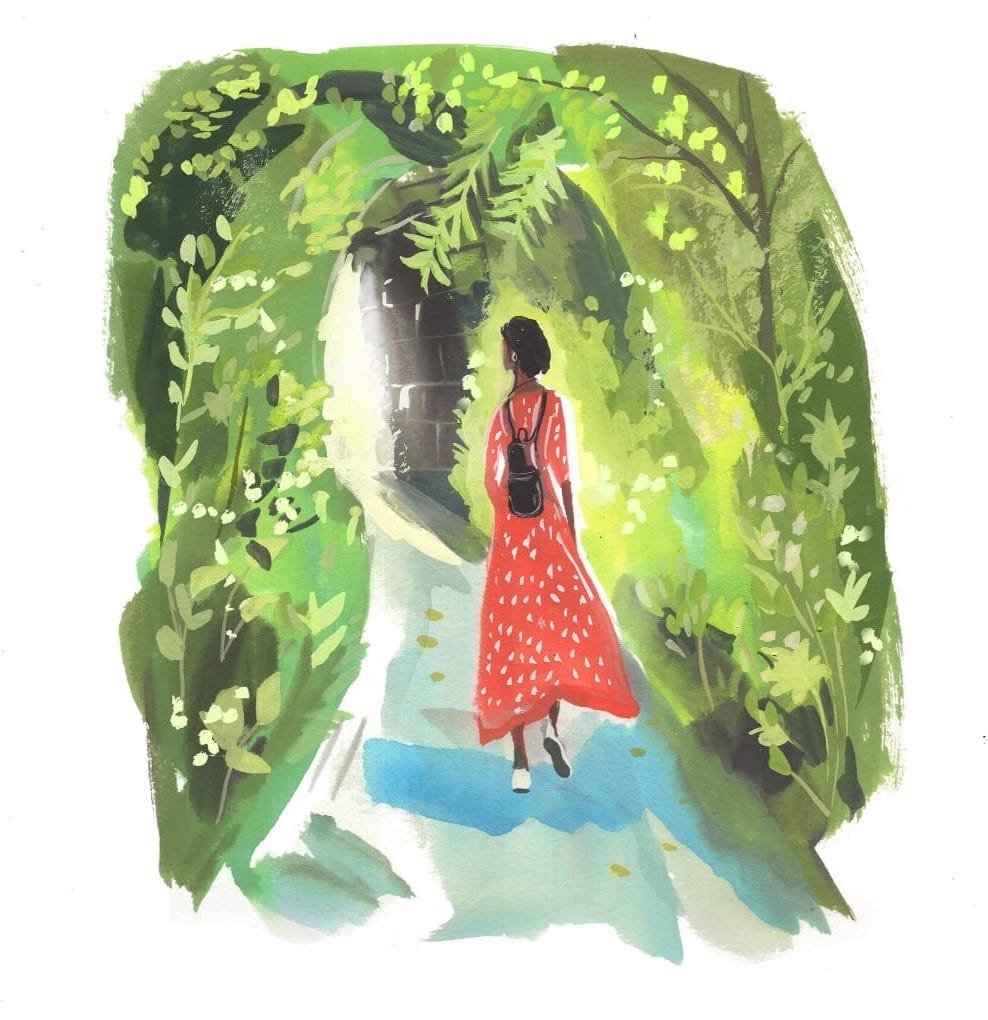A Handful of Reasons to Be Hopeful. (Yes, We Found Some!)
Wars, wildfires and felonious world leaders are dominating the news cycle. But also: Diseases are being treated, solar power is booming and some animals are back from the brink of extinction.

It’s easy to look at the world and despair.
Instances of instability, conflict and war are splattered across the globe. The numbers of displaced people in crisis are steadily ticking upward—their situations exacerbated by climate, poverty and persecution. Online violence is tearing apart our digital spaces. And stories of physical violence are a constant reminder of how shockingly low humans will stoop to achieve their ends in an extraordinary dissolution of morals, ethics, and humanity.
It’s hard to be hopeful when one woman (or girl) is killed every 10 minutes by an intimate partner or family member, when the Taliban is actively trying to prevent women from talking at all, while Iran insists on mental health help for women who protest the hijab.
Weather events feel akin to a dystopian horror film. Wildfires engulfing Los Angeles serve as a reminder that even the wealthy are not immune from terrible things. An earthquake in Tibet once again underscores the fragility of the region. Another earthquake in Japan, has left in its wake talk of an impending megaquake. Nobody wants to sit around and wait for that.
And in the U.S., about half the country’s voters just got a president they didn’t choose who, whichever way you slice it, doesn’t look good for women’s rights.
In a 2022 column (enthusiastically titled, “Cheer Up! The World Is Better Off Than You Think”) Nicholas Kristof, the New York Times columnist, pointed out that “human beings have a cognitive bias toward bad news.” The problem? “A constant gush of despairing news can be paralyzing,” writes Kristof.
That’s dangerous. It forces us back into our beds. It makes us despair. We may even give up.






